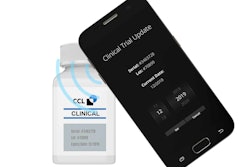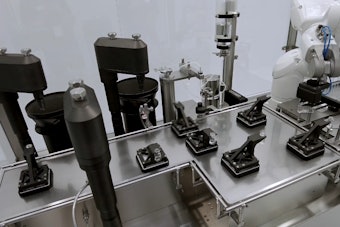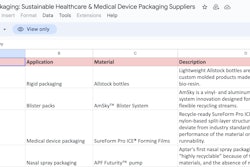
Early detection of Alzheimer’s allows patients several benefits including a higher chance of benefiting from treatment, the ability to participate in clinical trials, and a chance to make lifestyle changes to preserve cognitive function. A recent article from the American Academy of Ophthalmology discussed a non-invasive imaging technique that can see signs of Alzheimer’s disease in just seconds, long before symptoms appear.
Optical coherence tomography angiography allows physicians to see the smallest veins in the back of the eye including red blood cells moving through the retina. Researchers believe that observing deterioration in the retina and its blood vessels could mirror the same thing occurring in the brain. This suggests that the hippocampus, the area of the brain that’s affected by the disease first, has already begun to shrink. Both a thinner inner retina layer and a smaller hippocampus are associated with worse scores on a cognitive function test.



















